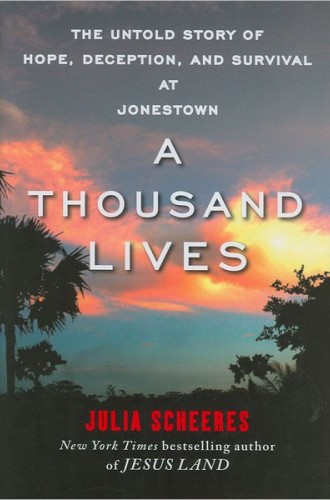The lure of Jonestown
Working as a secretary in the late 1960s, Edith Roller watched as student sit-ins engulfed her office at San Francisco State College. Angered by the college administration’s proffering of student records to the Selective Service for draft purposes, the students protested for months and were met with police in riot gear. Roller, who was in her sixties, was also disturbed by the injustices of the Vietnam War and the racist policies of the U.S. government. She had watched her father, a miner, die from black lung disease and had developed a commitment to helping the weak stand up against the powerful. Now, watching protesting students being beaten bloody by police officers, Roller decided to speak up. She resigned from her position at the university because of the institution’s “outright fascist trends” and sent a press release to local newspapers explaining her decision.
The short article about Roller that appeared in the San Francisco Chronicle caught the eye of Jim Jones, then a young preacher with a growing church committed to social justice. His aides invited Roller to their church, Peoples Temple, and Roller was pleased to find a community where she could work for the ideals she cared about so deeply. She began attending and within a few years had moved into communal quarters with other Peoples Temple members. She began keeping a diary, at Jones’s request, which would become a historical record of the temple. In January 1978 she moved with others in her church to a new settlement in Guyana. Less than a year later, she died there, along with more than 900 other people.
Julia Scheeres tells Roller’s story in A Thousand Lives, the most recent addition to the literature on what has been called the “catastrophic millennialism” of Jim Jones. Scheeres chronicles the story of Jones, the members of Peoples Temple and their communitarian commitments and the colony in Guyana whose violent end in 1978 is both memorialized and trivialized in pop culture’s references to “drinking the Kool-Aid.”





